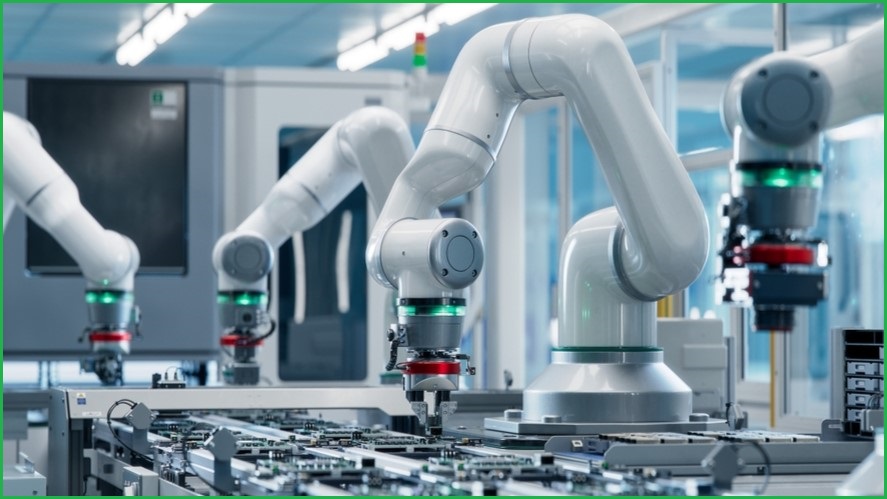The federal government has unveiled Australia’s first national robotics strategy, outlining how it plans to fast-track lagging adoption of the technology and capitalise on a potential $600 billion GDP boost by 2030.
Minister for Industry Ed Husic unveiled the National Robotics Strategy on Tuesday morning, with an aim of providing a cohesive and coordinated blueprint for the further adoption of robotics and automation to boost a range of industries and the broader economy.
The plan has been in the works for more than a year and its development has been guided by the National Robotics Strategy Advisory Committee.
The vision for robotics that the plan revolves around is that “Australian industries are responsibly developing and using robotics and automation technologies to strengthen competitiveness, boost productivity and support local communities”.
Husic said the plan is the first of its kind in Australia.
“The strategy I am releasing today sets a vision for Australian industries embracing robotics and automation technologies in ways that strengthen competitiveness, boost productivity and support thriving local communities,” Husic said in an address to the AFR Artificial Intelligence Summit on Tuesday.
“We are at an inflection point in the history of robotics.
“For the sake of workers whose future relies on us anticipating and supporting new markets and new industries, we need to carve out our own role in this next wave of automation.
“And in ways that will benefit Australians, open up new opportunities for Australian workers, and support more products made in Australia.”
Huge economic potentials
The strategy outlines that robotics and automation has the potential to add between $170 billion and $600 billion per year to Australia’s GDP by 2030, particularly helping to grow the manufacturing sector and address skills shortages in a range of others.
The government’s working definition of robots is that they are “machines with a degree of autonomy that can move in their physical environment or manipulate objects”.
The government’s robotics strategy encompasses four themes: national capability; increasing adoption; trust; inclusion and responsible development and use; and skills and diversity.
The increase in usage of these technologies will require a collaborative effort from government, industry, researchers and the wider community, and will be supported from the government’s existing National Reconstruction Fund, Industry Growth Program and Advanced Strategic Capabilities Accelerator.
According to the government’s figures, just a 1 per cent increase in robotics could lead to a whole-of-economy boost in productivity of 0.8 per cent.
Lagging rates of adoption
Australia is currently lagging behind in the adoption of these technologies and has been ranked 32nd globally in terms of the adoption of industrial robots.
“Lifting the adoption of these technologies will allow our manufacturers to produce higher quality products in less time and make them more internationally competitive,” Husic said.
CSIRO Chief Scientist Professor Bronywn Fox, chair of the National Robotics Strategy Advisory Committee, said the responsible adoption of robotics and automation will be “transformative for Australia”.
“The time to systematically and strategically build on this know-how and use the experiences of what we can learn from other countries and address the gaps and opportunities at home, is now,” Fox said.
The strategy identifies a need to boost research and development, commercialisation and the scaling up of solutions, and for the use of the government’s purchasing power to grow local demand for robotics.
There is also a need for increased awareness among Australian businesses of these technologies, and for incentives to encourage adoption.
The new strategy has been welcomed by the Robotics Growth Partnership, a collaboration between the Robotics Australia Group, Cicada Innovations and Ai Group.
“It’s the right time for our robotics ecosystem to grow through this partnership that offers end-to-end support for robotics innovation and adoption,” Robotics Australia Group CEO Nicci Rossouw said.
“With Australia facing both labour and housing shortages, an ageing population, increasingly unpredictable impacts from climate change and struggling to provide equitable access to healthcare for rural and remote communities, we must urgently look towards technologies like robotics to support humans in finding solutions.”










